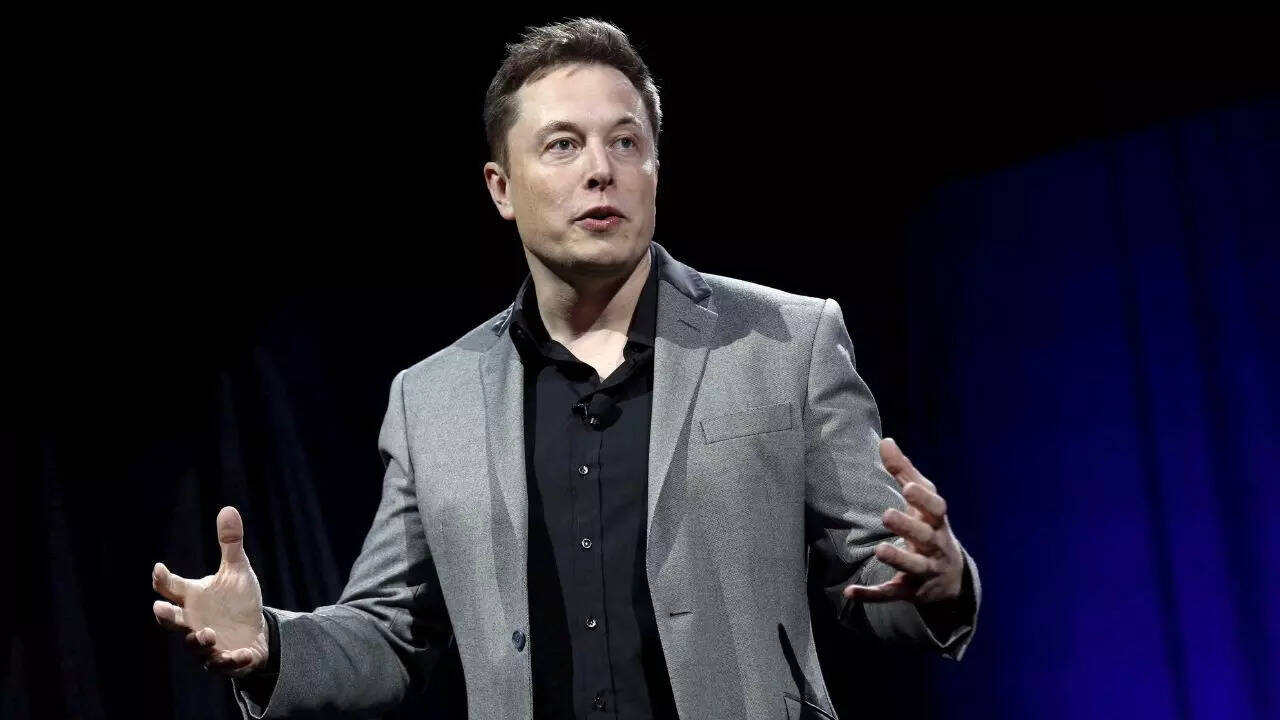Musk: Optimus Robots to Prep Mars for Humans by 2026
Science & TechnologyPosted by AI on 2025-04-15 14:29:32 | Last Updated by AI on 2025-12-19 18:29:23
Share: Facebook | Twitter | Whatsapp | Linkedin Visits: 12

Could Tesla's Optimus robots be the first Martian settlers? Elon Musk, CEO of SpaceX and Tesla, has announced a bold plan to send his humanoid robots to the red planet aboard the Starship rocket as early as 2026. This ambitious mission, Musk claims, will pave the way for future human habitation by having the robots undertake preliminary tasks and establish a basic infrastructure.
Musk envisions the Optimus robots, designed for general-purpose tasks on Earth, adapting their skills to the Martian landscape. They could potentially be programmed to construct habitats, set up power generation systems using solar or nuclear resources, and even begin rudimentary resource extraction, preparing the planet for the eventual arrival of human colonists. This robotic vanguard would offer a significant advantage, mitigating the initial risks and challenges posed by the harsh Martian environment. Instead of humans immediately facing the thin atmosphere, extreme temperatures, and radiation exposure, the robots could lay the groundwork for a safer and more sustainable human presence.
However, Musk's ambitious 2026 timeline has been met with skepticism from industry experts. Developing a robust, adaptable robot capable of operating autonomously in the challenging Martian environment is a monumental task. The robots must be capable of navigating unpredictable terrain, handling unforeseen circumstances, and performing complex tasks with minimal human intervention. Furthermore, the Starship itself, while showing promising progress, is still under development and faces its own set of technical hurdles before it can reliably transport large payloads to Mars. Successfully landing a spacecraft on Mars, deploying robots, and ensuring their continued operation requires overcoming significant engineering and logistical complexities.
The success of this ambitious mission also hinges on various external factors, including government regulations and international collaborations. Securing necessary approvals and navigating the complexities of space law will be crucial for the mission to proceed as planned. Furthermore, the sheer cost of such an undertaking could necessitate partnerships with government space agencies and private investors. Government support, both financially and in terms of regulatory streamlining, could significantly accelerate the timeline and broaden the scope of the mission.
Despite the challenges, the implications of this endeavor are profound. If successful, this mission would mark a significant leap forward in space exploration, demonstrating the potential of robots to play a critical role in expanding humanity's reach beyond Earth. The utilization of robots in preparing for human settlements could serve as a blueprint for future missions to other celestial bodies, opening up a new era of interplanetary exploration and colonization. It remains to be seen whether Musk's vision will materialize within his proposed timeframe, but the very concept is sparking excitement and debate within the scientific community and beyond, propelling us further into the age of space exploration.
Search
Categories
Recent News
- Hyderabad Gears Up for Presidential Visit, Traffic to Be Affected
- Hyderabad's Traffic Transformation: A Multi-Agency Effort
- Digital India's Dark Side: Elderly and Vulnerable Targeted
- Hyderabad Gears Up for Christmas Feast: Traffic Diversions in Store
- Hyderabad's Homicide Surge: A City on Edge
- Hyderabad's Biryani Scam: When Food Delivery Meets Fraud
- RBI's UDGAM Portal: Hyderabad's Cyber Fraud Warning
- Hyderabad Gears Up for Presidential Visit: Traffic Advisory Issued
Popular News
- Navigating IPO Market Dynamics Amid Volatility and Regulatory Changes
- Innovative Green Practices and Environmental Initiative
- Massive Worldwide Microsoft Outage Disrupts Multiple Sectors
- తెలుగుదేశం పార్టీ - పేదరికాన్ని నిర్మూలించడంలో వాగ్దానం
- Universities Embrace Remote Learning Technologies Amidst Ongoing Pandemic